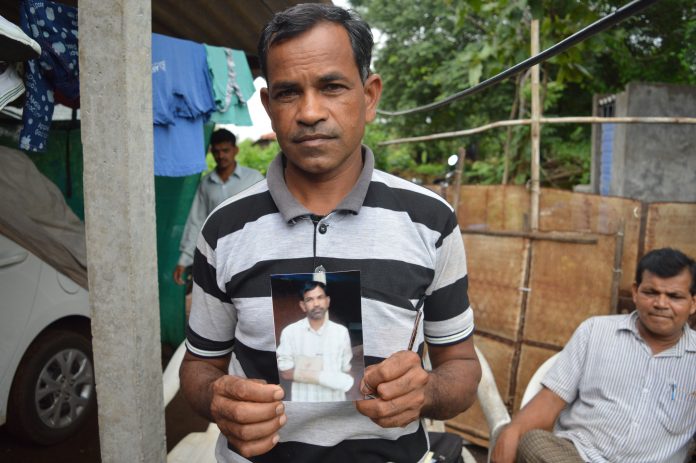By Amit Kumar, TwoCircles.net
Ashokbhai Gamit is a farmer in Vaghpani village of Vyara Taluka, Tapi District. As a farmer, he carries a lot of tools to his farm, but one thing that he has been considering buying for over a decade now is a helmet. And there are good reasons for this: a stone quarry, one of the five in and around his village, is located right next to his farm and it is not uncommon to see massive pieces of stones fly and land in his farm at any given time. In the larger scheme of things, however, personal injuries are the least of Ashokbhai’s problems. Falling groundwater level, loss of grazing land, unbearable pollution and loss of deep-water wells for drinking water purposes have made life pretty difficult for the residents of this rather picturesque village.
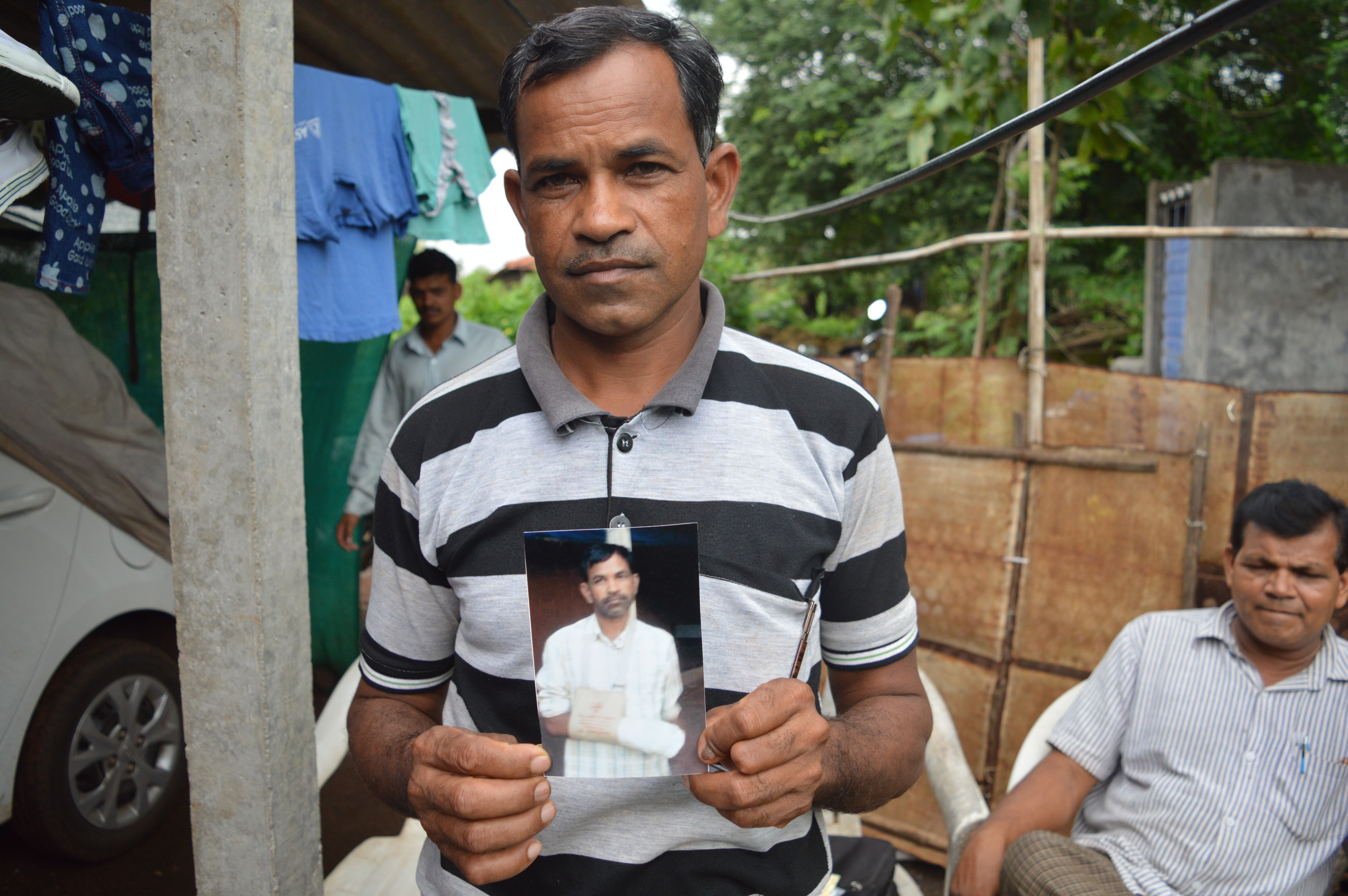
In this season, however, it is slightly difficult to fully understand the magnitude of the problem of the residents. In fact, Ashokbhai says that this is the “worst season” to come to the village if one wants to see the havoc that the stone quarries—all privately owned and within a radius of five km from each other—have had in the village. “Right now, I admit you can’t see what this village goes through because of the mines. The monsoon has turned the entire place green and the dust level is considerably down,” he tells TwoCircles.net. In fact, to make matters “worse” as Ashokbhai put it, the night before we visited the village saw a heavy downpour and there had been a power-cut for over 6 hours. The quarries were silent and amidst the peace and quiet in the village, stories of how these quarries, which mine and crush black stone, have wrecked the lives of the locals were narrated to us.
And before someone says, “but what about the jobs these quarries create,” it must be pointed out that almost all the labour in these mines come from outside. “They don’t prefer to hire locals and we don’t want to work there,” says Ashokbhai.
The village of Vaghpani, located about 10 km from the district headquarters of Tapi district (Vyara) has been seeing stone mining and crushing for over three decades and despite numerous protests, nothing has changed. The residents allege that these mines, owned by private parties from across the nation, break several laws yet are allowed to continue due to the callous nature of the authorities. This district alone has 62 stone quarries, as per a 2015 RTI filed by Romel Sutariya, President, Adivasi Kisan Sangharsh Morcha and out of these, at least seven have been set up on common grazing land. Vaghpani is not the exception: it is just another village being laid to waste in the name of development.
Isakbhai Gamit, a 25-year old who works in Vyara and is a resident of Vaghpani, reiterates that in the monsoon season, the issue may not seem so grave. Nevertheless, he assures us that the signs are still there once we walk deeper into the village. “Andar ke taraf chalo, asar dikhega aapko (Walk towards the interior areas of the village, you will see the impact)” he says emphatically. And true to his word, less than 200 metres from the first mine, the effects are there for all to see. He points to a water well that was earlier used for irrigation and even drinking water. “These quarries have regular blasts, sometimes 4-5 a day and the chemical from the dynamite they use to drill deep holes found its way into the water. There is still some water in the well but it is of absolutely no use. Even the cattle won’t drink that water now…it smells of bomb-like material,” he added.
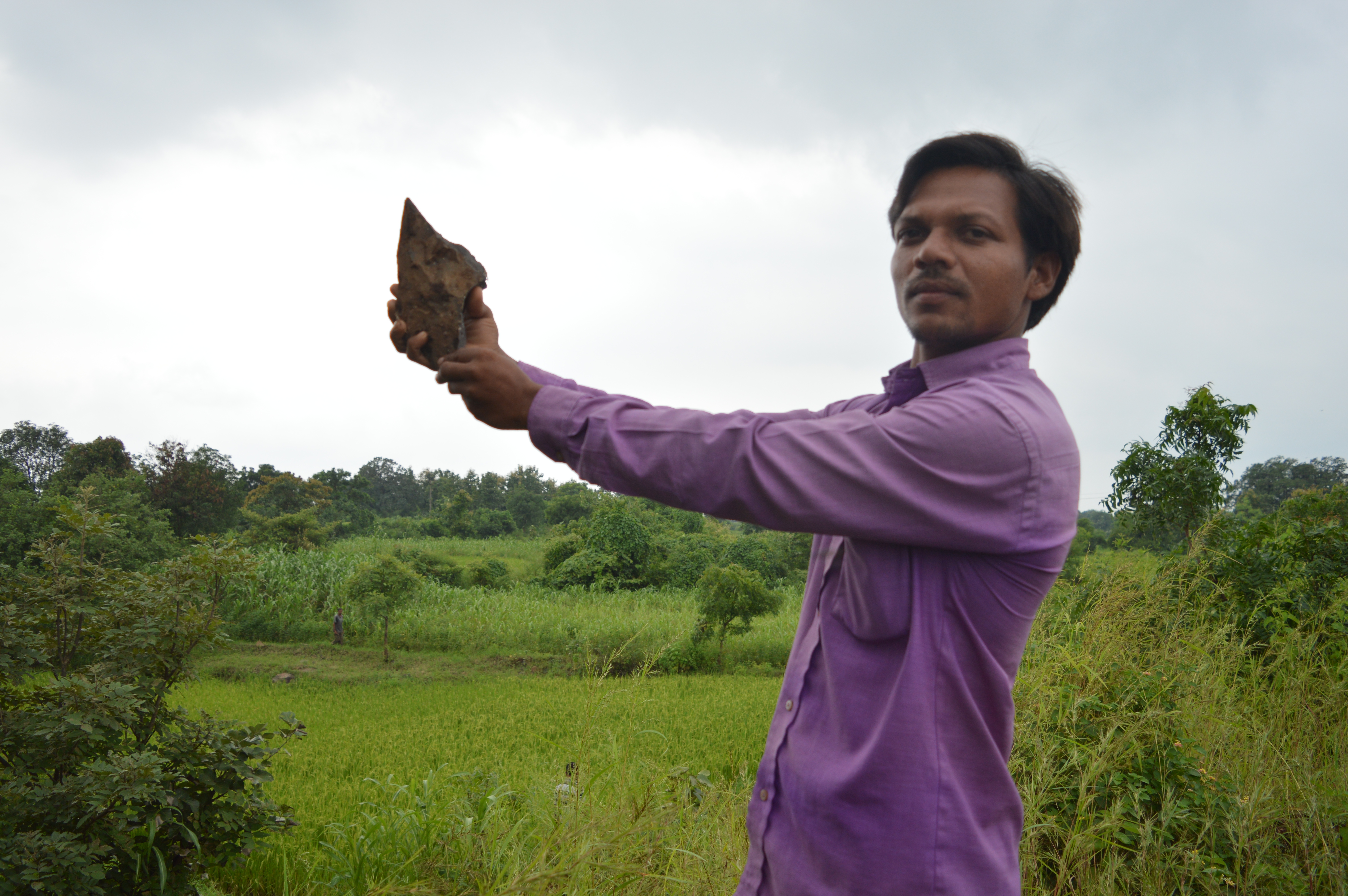
Then, there is the dust that engulfs the village for over 9 months a year. Isakbhai shows pictures of the village just before the sowing season on his phone: fields littered with rocks, plants smothered in dust from the quarries, coloured water from wells. He also shows us pictures of how, before every sowing season, the farmers have to spend days clearing all the rubble from the quarry that landed in their farms. Sometimes, the danger can be very real: Rameshbhai, another resident of the village, talks about how sheer luck saved his brother’s life last year. “Just before the sowing season, he was clearing up the rubble. He had to attend the nature’s call and so he stepped out of the farm and was relieving himself behind a tree when a massive stone fell right where he had been standing five minutes ago. If he had been there, I don’t even want to imagine what would have happened,” he said. Another resident, Chimanbhai, says he lost his bike when a flying projectile from one of the quarries damaged his bike beyond repair… “One of these days someone will die…they say they give us a warning, but how do we protect ourselves when the entire house is shaking?” he asks. Residents point out to cracks in the school wall as an example of how dangerous these blasts are. And during our investigation, we found several holes dug up in a cylindrical shape. Issakbhai, who was with us, said, “You see these deep holes? They make about two dozen such holes around each of the mine, about 80-100 feet deep. Pipes are inserted first into this hole and they are then filled with dynamite. Every time there is a blast, the whole village shakes. The local primary school’s walls have cracked up too.”
The other, far more damaging issue because of the quarries is that nearly all sources of water around the village have either dried up or become unusable. “Because of these walls, underground water sources are either badly damaged or are infected. This village, which used to never face water shortage, now has to depend on water tankers from Vyara town for about 8-9 months a year,” says Ashokbhai. Then, there is the problem with the water discharge from the quarries. Everything they dig deeper, the excess water from the quarries is often diverted towards farms. Over the years, Ashokbhai has lost two harvests after the water from the quarry flooded his crops. “Now the water is diverted to the forests but still finds its way to farms on the other side,” he says pointing to the farms at the bottom of a hill. “The forest reserve begins there, a village is here, and in the middle of all this they have been given permission to mine,” he says exasperatedly.
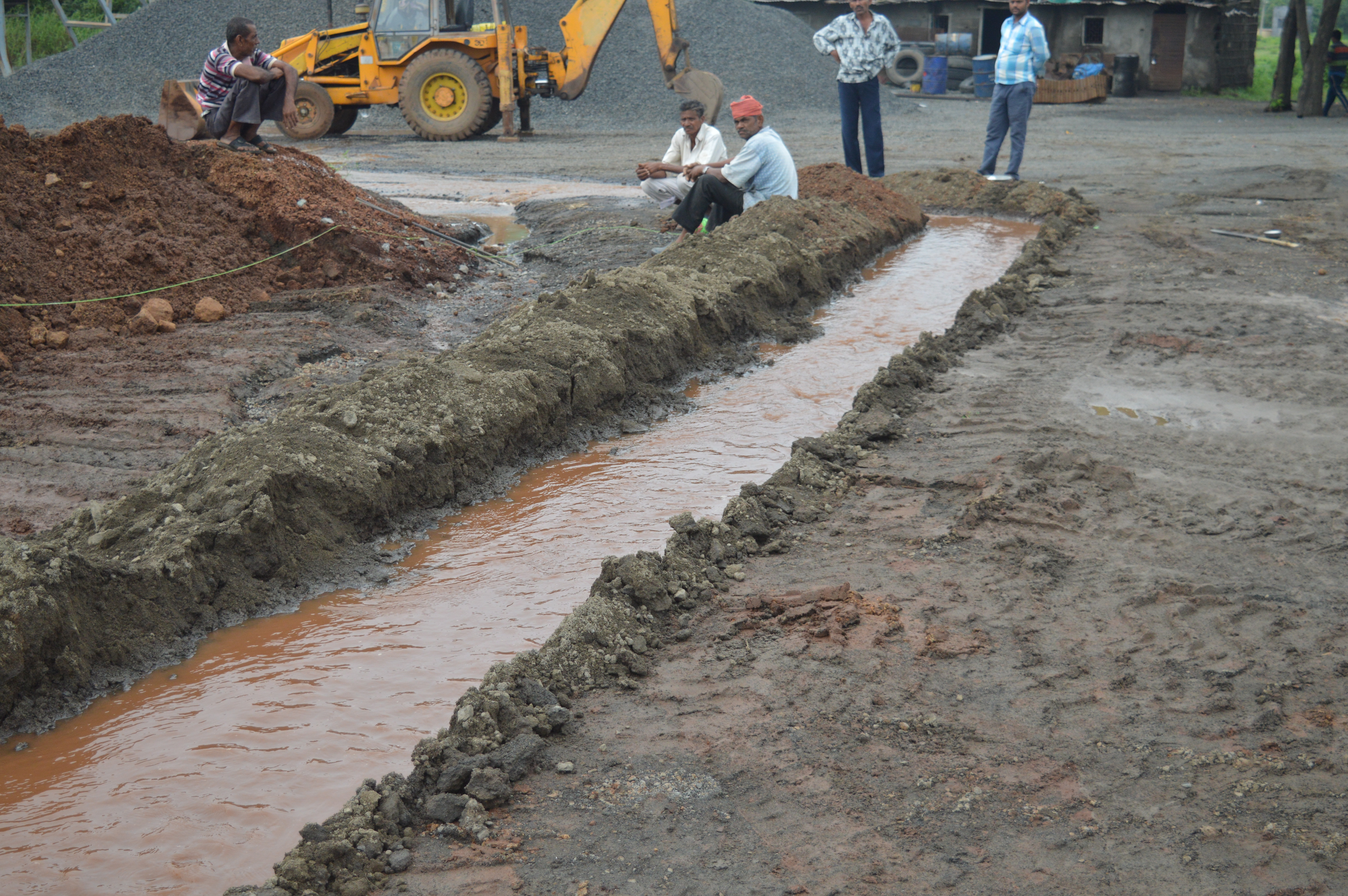
There are other legal issues too that have been conveniently overlooked to ensure that these quarries continue work unabated. This being a Schedule 5 area, the Tribes Advisory Council must first approve permission for any such activity, which is the foremost authority in Schedule 5 areas. The quarries have no such permission, the Sarpanch of Vaghpani, Savitaben Gamit pointed out. Apart from this, these stone quarries are within a km of the village boundary, which is in complete violation of the verdict given by the Supreme Court in the 2003 judgment of Mohammed Harun Ansari and another Versus District Collector, Rangareddy District, Andhra Pradesh. Then, there are violations of the circular issued by the principal conservator, Forests, Gujarat, which clearly mandate that prior permission must be sought from Gram Sabha. That apart, the circular issued also states:

“A quarry lease in the Scheduled Area identified pursuant to this sub-rule shall: be granted only to a bidder who belongs to a scheduled tribe and is an inhabitant of the Scheduled Area; and only be transferable to a person who belongs to a scheduled tribes and is an inhabitant of the Scheduled Area.”
As locals point out, this is not the case in any the mines in this village.
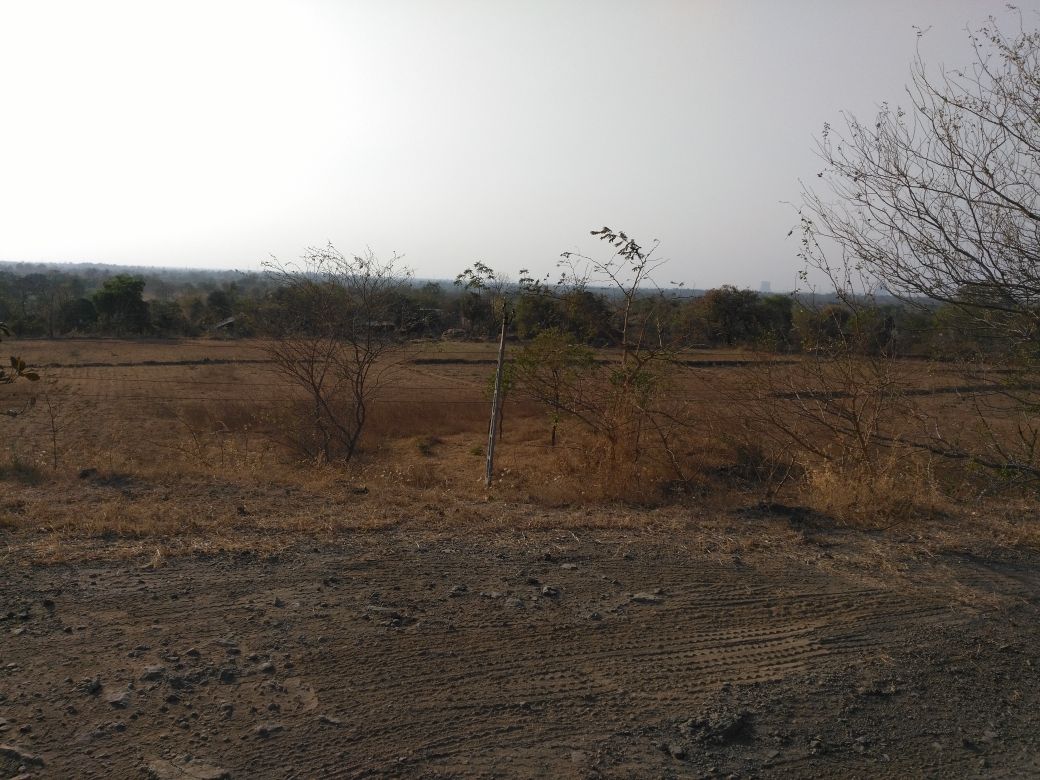
Then, there is the issue of mining on common grazing land. This is certainly the issue in Vaghpani, but as our investigation showed, this is an issue across Tapi district. In 2015, Sutariya had filed an RTI asking for information of stone quarries in Tapi district. The RTI showed that of the 62 quarries in the district, seven were on grazing land categorized as “Gochar” land, while seven more were on government land leased out for mining. However, since the time the RTI was issued, a lot of land has been moved from “grazing land” to government land without consent from Gram Sabhas. Take the example of a village called Khutaria, where as per the RTI, a quarry is shown under grazing land. However, as per the latest land records available online, the same land is now listed as “government land”. Then, in another village called Dolwan, the quarry is on land listed as grazing land as per the RTI. However, the 2017 records now show that the same land has a quarry, a farmer’s market and a shopping centre. These discrepancies, Sutariya says, are not by mistake: it is an attempt on the part of the government to demonstrate how little the Gram Sabhas matter in such issues.
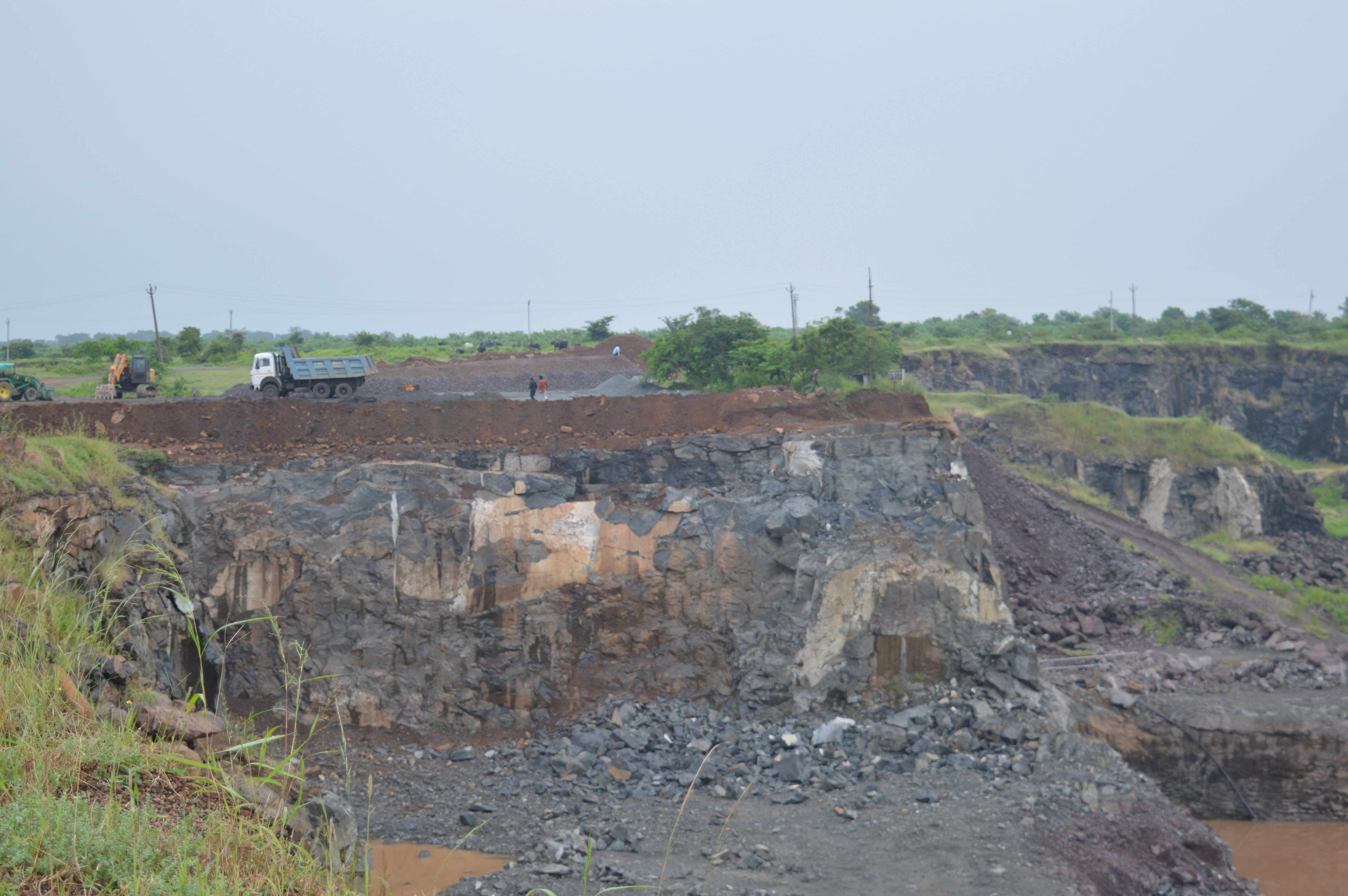
Savitaben became a Sarpanch earlier this year, but is more than familiar with the issues that plague her village. But more than the quarries, her anger is directed at the local authorities. “In the past decade, we have written several letters to the Collector and the local leaders, both as residents as well as through various Adivasi organisations. But there has been no reaction…they act like there is no problem at all,” says Savitaben. “In a place where we should be encouraged to claim our rights under FRA, we are being denied what was promised to us ever since Independence: the power to conserve our forests and land. They (quarry owners) are here to make money, but why are the authorities so hell bent on helping them instead of us” she asks. Ashokbhai nods in agreement. “In October 2015, we tried to do a rally from our village to Vyara town to submit our memorandum to the Collector. But instead of listening to us and allowing us the freedom to protest, we were instead lathicharged upon. A number of us were injured and due to the police assault I broke my arm. So much to protect the owners but nothing for us?” asks Ashokbhai.
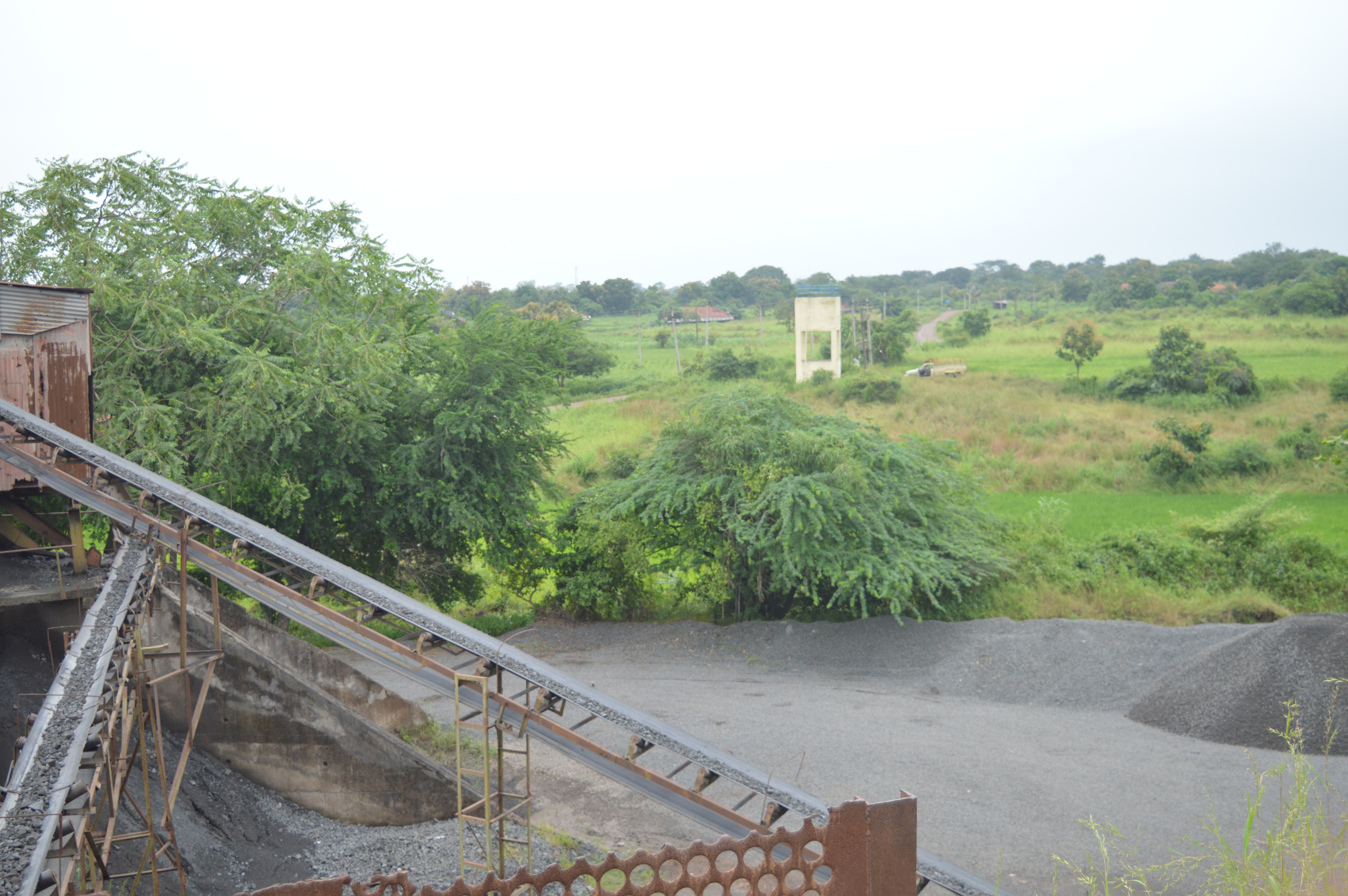
It was only fair then that in February 2017, the locals filed a case against the quarries in the Ahmedabad High Court. “The courts are our last hope…the local leaders, authorities have failed us completely and we have no hopes from them,” says Rameshbhai. The disappointment with local leaders is also evident when TwoCircles.net asked them if they expected any change due to the upcoming elections, the response bordered from indifference to that of revolt. “We are not going to vote this time…if they cared about us, they would have tried to help us. Let alone helping, the leaders from BJP and Congress have never even visited us to even ask us about our issues. We are not going to stop anyone from voting of course, but we want to show our protests…we went to the Court because the administration failed us. Now, all our trust is with the Court,” added Rameshbhai.


